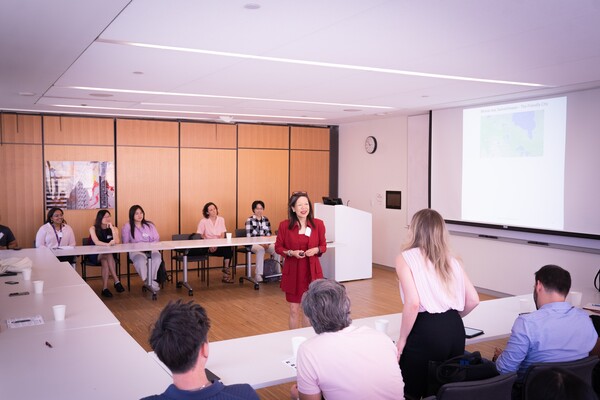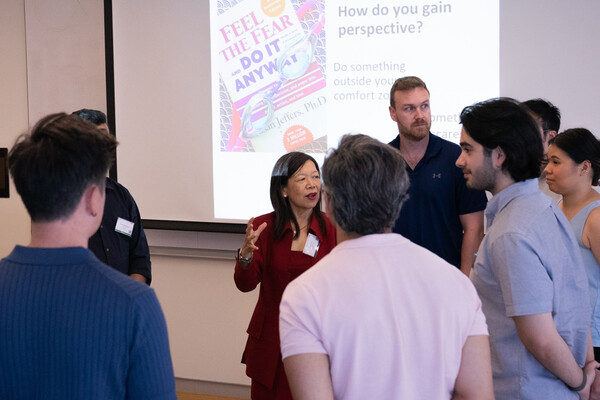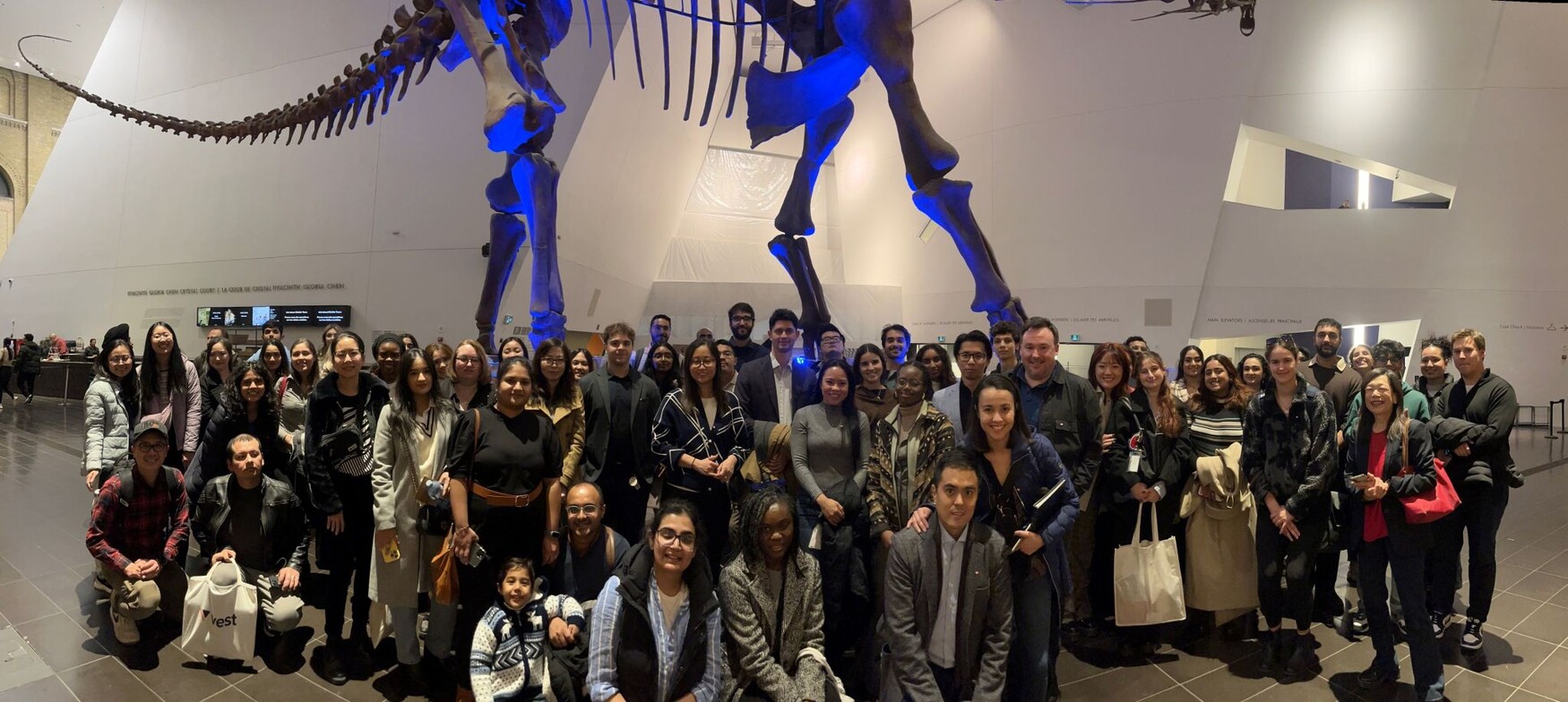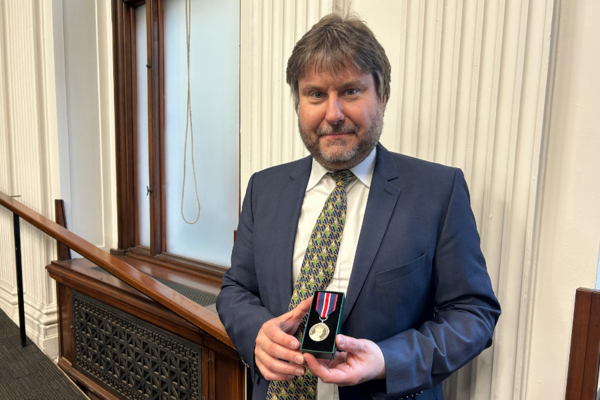Breadcrumbs
- Home
- News & events
- News
- Teacher feature: becoming a fearless networker
Teacher feature: becoming a fearless networker

The Translational Research Program (TRP) at the University of Toronto stands out for its unique approach. Emphasizing real-world experiences and hands-on learning, the program's teaching staff embody this philosophy. The program brings together instructors who can be full-time academics or teachers and people actively working in various relevant industries or running their own entrepreneurial activities.
Meet some of our instructors to learn why, and what, they teach as part of the TRP.

Jean Chow
I have had many roles in many countries which has enabled me to build a huge network. I started off in Regina, then Saskatoon in audit (alongside competing nationally in squash), then I worked with Global Affairs Canada once known as CIDA – Canadian International Development Agency - as a project accountant on the Zambia - Canada Wheat Project for Agdevco, a Saskatchewan Crown Corporation based in Lusaka, Zambia (and keeping up the squash by competing on the Zambian Women's international squash team!). I then worked as a finance manager for the University of Guelph on a Global Affairs Canada $57 million rural development project based in Ujung Pandang, Sulawesi, Indonesia, where I lived and worked for three years.
The entrepreneurial bug bit me when I was back in Canada. With no experience or qualifications in the food industry, other than being a “foodie”, I decided to set up my own food business, FÀN-FARE, the Asian Gourmet Collection – easy DIY Asian meal kits for home cooking that could connect non-Asian communities with Asian cultures, sold in Canada, the US, and Bermuda (long before Home Fresh was a thing)! As a start-up founder with little capital and cash flow, I lived inside my factory for the first four years. After a solid run of 14 years, an unexpected turn of events forced our closing.
In 2010, I gathered my business lessons learned and started “MsBizWiz”, my professional coaching practice, helping clients, emerging and established entrepreneurs and people in career transition, to recognize and realize their potential.
What do you teach in the TRP and how did you get involved in the program?
In the TRP I teach LMP 2354: Hacking the Network Code which is one of the modules students can choose. In this module I teach students how to build professional relationships and networks.
I was introduced to the TRP by a business colleague and was invited to informally speak to students a few times until I was asked if I would like to develop and teach a module about networking for TRP. I also teach Networking: An Intelligent Approach to Levelling Up Your Leadership Skills, a course towards “Leadership Essentials” certificate program at the University of Toronto School of Continuing Studies.

What is unique in your approach and how do TRP students benefit from that?
A huge component of the TRP is collaborating with others inside and outside the program and meeting patient needs. This means that not only must students be able to communicate
confidently and effectively with people from a huge variety of backgrounds and experiences, but they must also have empathy and be able to see things from multiple perspectives.
I see my role in this class to inspire the students to be their best selves. To have courage and be absolutely fearless so they can make a significant and meaningful impact. This module helps them get out of their comfort zone and have the confidence and tools to network effectively and efficiently.
When the students come to the first session, I ask them to write on three different coloured post-it notes their superpowers, what they want to learn, and what they want to learn in our module. They group them by colour on the wall so they can access their “mini-marketplace of skills” during and after our session. You want to learn how to knit? Someone in the class can teach you how. I take a photo of the wall and share it with them in our next class so they see the benefits of networking already.
We also do a mapping exercise. I show them a methodology of how to map their current network and the degree of those relationships. They then analyze the map for gaps and create their goals of who they want to network with and why.
Tell us about an interesting or fun thing you’ve done in class recently.
As part of my class the students join our Dream Network, founded in 2018 with a current membership of almost 800. These are free monthly events where we, as volunteers, bring a highly diverse group of people together for networking or what we call “random collisions”. We recently met up at the Royal Ontario Museum (ROM) and my class participated. I pair people up, then switch them around, doing four rounds in an hour and a half. So instead of having it organically happen where you drift (or don't) into different groups, I put them in situations where they are meeting face to face with someone new from different walks of life.
They apply their networking skills that they learn in class, and in the following class we analyze what happened by examining the photos I’ve taken of their body language networking at the event. It’s a fun night and a great way to test the skills they’re learning (and build their networks).
We do a lot of roleplay and practice scenarios where they “rehearse” the need to show poise under pressure in a safe space, how to ‘do’ small talk, and I help devise strategies for connecting with people and following up afterwards. We look at verbal and non-verbal cues and body language.
Part of it is also directly connecting people and I regularly connect my students to relevant people in my network. It’s encouraging to see our students put into practice their networking skills with me to help them build their own network.




